Many people look at a rabbit and assume it’s just another rodent—after all, it has sharp teeth, loves to chew, and scurries around like a mouse. However, the truth is far more fascinating. The question “Is a rabbit a rodent?” has puzzled casual pet owners and even early scientists. The answer lies deep in biology, evolution, and a bit of history. Let’s explore why rabbits are not rodents, what makes them unique, and how this misunderstanding became so common.
Understanding the Question — What Makes an Animal a Rodent?
Before diving into rabbit biology, it helps to understand what defines a rodent. The order Rodentia includes over 2,000 species, making it the largest order of mammals. Some of the most familiar examples are mice, rats, squirrels, beavers, and hamsters.
The Definition of a Rodent
Rodents share several key characteristics:
- Incisors that never stop growing: They must gnaw constantly to keep their teeth from overgrowing.
- Single pair of upper and lower incisors: Unlike rabbits, rodents have only one set in each jaw.
- Diet flexibility: Many rodents are omnivores, eating seeds, nuts, fruits, and sometimes insects.
- Compact bodies and strong jaws: Built for gnawing wood, seeds, and other tough materials.
Rodents vs. Rabbits: Spot the Difference
While rabbits seem similar, their biology tells a different story. Look at this simple comparison:
| Feature | Rabbits (Lagomorphs) | Rodents (Rodentia) |
| Number of incisors | 4 (two pairs) | 2 (one pair) |
| Order | Lagomorpha | Rodentia |
| Diet | Strict herbivores | Omnivores or herbivores |
| Digestive behavior | Coprophagy (re-ingest feces) | No coprophagy |
| Example species | Rabbit, hare, pika | Rat, mouse, squirrel, beaver |
As you can see, rabbits have two pairs of incisors—one large visible pair and a smaller set tucked behind them. This extra pair is one of the main reasons rabbits belong to an entirely different order.
What Exactly Is a Rabbit? The Lagomorph Explained
So, if a rabbit isn’t a rodent, what is it? Rabbits belong to the order Lagomorpha, which includes two main families: Leporidae (rabbits and hares) and Ochotonidae (pikas).
Scientific Classification of Rabbits
Here’s how scientists classify rabbits:
| Level | Scientific Name |
| Kingdom | Animalia |
| Phylum | Chordata |
| Class | Mammalia |
| Order | Lagomorpha |
| Family | Leporidae |
| Genus | Oryctolagus |
| Species | O. cuniculus (European Rabbit) |
This classification shows that rabbits share more genetic similarities with pikas and hares than with mice or rats.
The Lagomorph Difference
Rabbits and rodents share a common ancestor millions of years ago, but they’ve evolved separately since. Lagomorphs have:
- Four incisors (two pairs) instead of two.
- A specialized digestive system that allows them to re-digest food for maximum nutrient absorption.
- Herbivore-only diets, relying on grass, hay, and leafy plants.
- Silent feet and fast reflexes designed for escaping predators rather than climbing or gnawing wood like rodents.
Other Lagomorphs: Hares and Pikas
- Hares are larger, faster, and live above ground. Their babies, called leverets, are born fully furred and able to hop within hours.
- Pikas, found in cold mountain regions, look like small guinea pigs with round ears.
Together, these three—rabbits, hares, and pikas—form the Lagomorpha order, distinct from Rodentia.
Why People Confuse Rabbits With Rodents
Despite scientific clarity, the misconception persists. Let’s explore why.
The Visual and Behavioral Similarities
Both rabbits and rodents:
- Have long front teeth used for gnawing or nibbling.
- Are small, furry, and fast-moving.
- Eat plants and build burrows.
From a quick glance, they seem like close cousins. But looks can be deceiving.
Historical Misclassification
Before modern genetics, scientists relied on physical traits. Because rabbits had ever-growing teeth, early naturalists mistakenly grouped them with rodents. It wasn’t until the early 20th century that detailed anatomical and genetic studies proved rabbits belonged to Lagomorpha, a separate lineage.
Charles Darwin’s evolutionary theories later helped biologists trace distinct genetic pathways between rodents and lagomorphs.
Cultural Confusion
Pop culture added to the mix. Animated characters like Bugs Bunny, Peter Rabbit, and Roger Rabbit often share screen space with mice and rats, further blending categories in people’s minds.
Key Biological Differences Between Rabbits and Rodents
Let’s break down the major differences that set rabbits apart.
| Aspect | Rabbit (Lagomorph) | Rodent (Rodentia) |
| Teeth | Two pairs of incisors | One pair of incisors |
| Digestion | Coprophagy, hindgut fermentation | Simple digestion |
| Diet | Herbivore | Omnivore or herbivore |
| Tail | Short, fluffy | Long or hairless |
| Reproduction | 3–6 litters per year | Varies; generally smaller litters |
| Lifespan | 8–12 years (domestic) | 1–6 years (average) |
Rabbits are specialized herbivores, evolved for grasslands and open fields. Rodents, in contrast, have adapted to an astonishing variety of environments, from city alleys to rainforests.
The Evolutionary Journey — From Common Ancestors to Distinct Orders
Both rabbits and rodents share a distant mammalian ancestor. However, around 60–70 million years ago, their evolutionary paths diverged.
- Rodents adapted for gnawing and varied diets, evolving strong jaw muscles and cutting incisors.
- Lagomorphs, on the other hand, became grazers, specializing in fibrous plants and fast reproduction to outpace predators.
This divergence shaped everything from their teeth to their digestive systems.
Interesting Facts About Rabbits That Set Them Apart
Rabbits aren’t just cute—they’re marvels of nature.
1. Dental Structure
Rabbits’ teeth grow continuously, around 3–5 inches a year. Unlike rodents, they have peg teeth—a second smaller pair behind the front ones.
2. Digestive Efficiency
Rabbits eat their own droppings, called cecotropes, to extract every bit of nutrition. It’s not gross; it’s genius.
3. Reproductive Speed
A single female rabbit, or doe, can produce up to 40 offspring per year. That’s why wild populations grow rapidly.
4. Ecological Role
Rabbits are keystone species, supporting predators like foxes and eagles while maintaining grassland health.
5. Evolutionary Cousins
Genetically, rabbits are closer to deer than to rats—a surprising fact for many people.
Frequently Asked Questions (FAQ)
- Is a rabbit closer to a rat or a deer?
Rabbits are closer to deer on the evolutionary tree. Both belong to the superorder Euarchontoglires, but rabbits diverged from rodents long ago. - Do rabbits chew like rodents?
Yes, but they chew differently. Rabbits chew in a side-to-side motion to grind fibrous plants, while rodents gnaw up and down. - Can rabbits and rodents live together as pets?
Not recommended. They have different diets, temperaments, and bacteria that can be harmful to each other. - Are hares and rabbits the same?
No. Hares are larger, live above ground, and have longer hind legs. - Why do people still think rabbits are rodents?
Because of shared physical traits and outdated teachings in older biology references.
Conclusion — Rabbits Deserve Their Own Place in Nature
So, is a rabbit a rodent? Absolutely not. Rabbits belong to the order Lagomorpha, a distinct and fascinating branch of mammals. Their unique teeth, digestive system, and reproductive habits set them apart. While they share superficial traits with rodents, they’ve evolved separately for millions of years.
Next time someone calls a rabbit a rodent, you’ll know better—they’re not just adorable; they’re scientifically special.
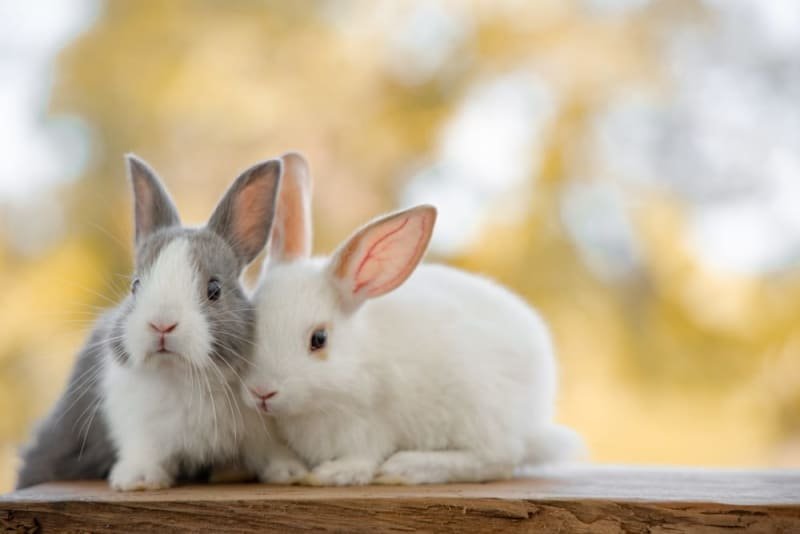
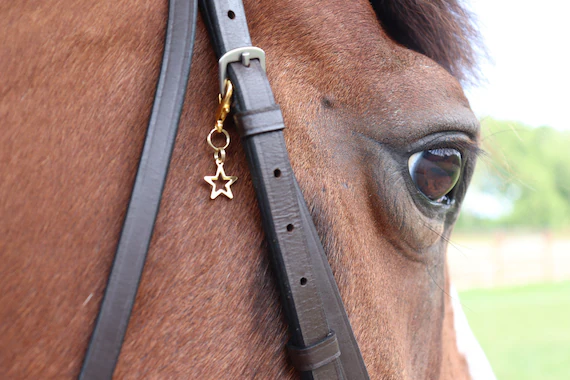
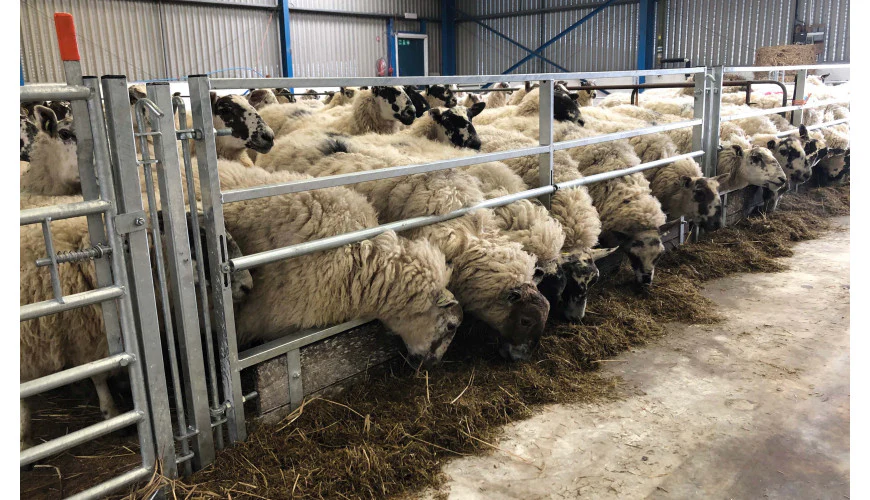


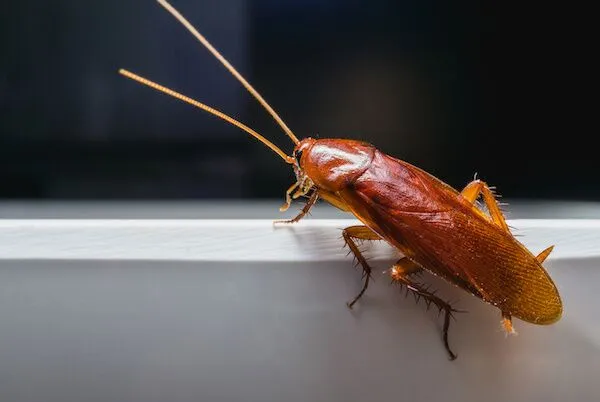
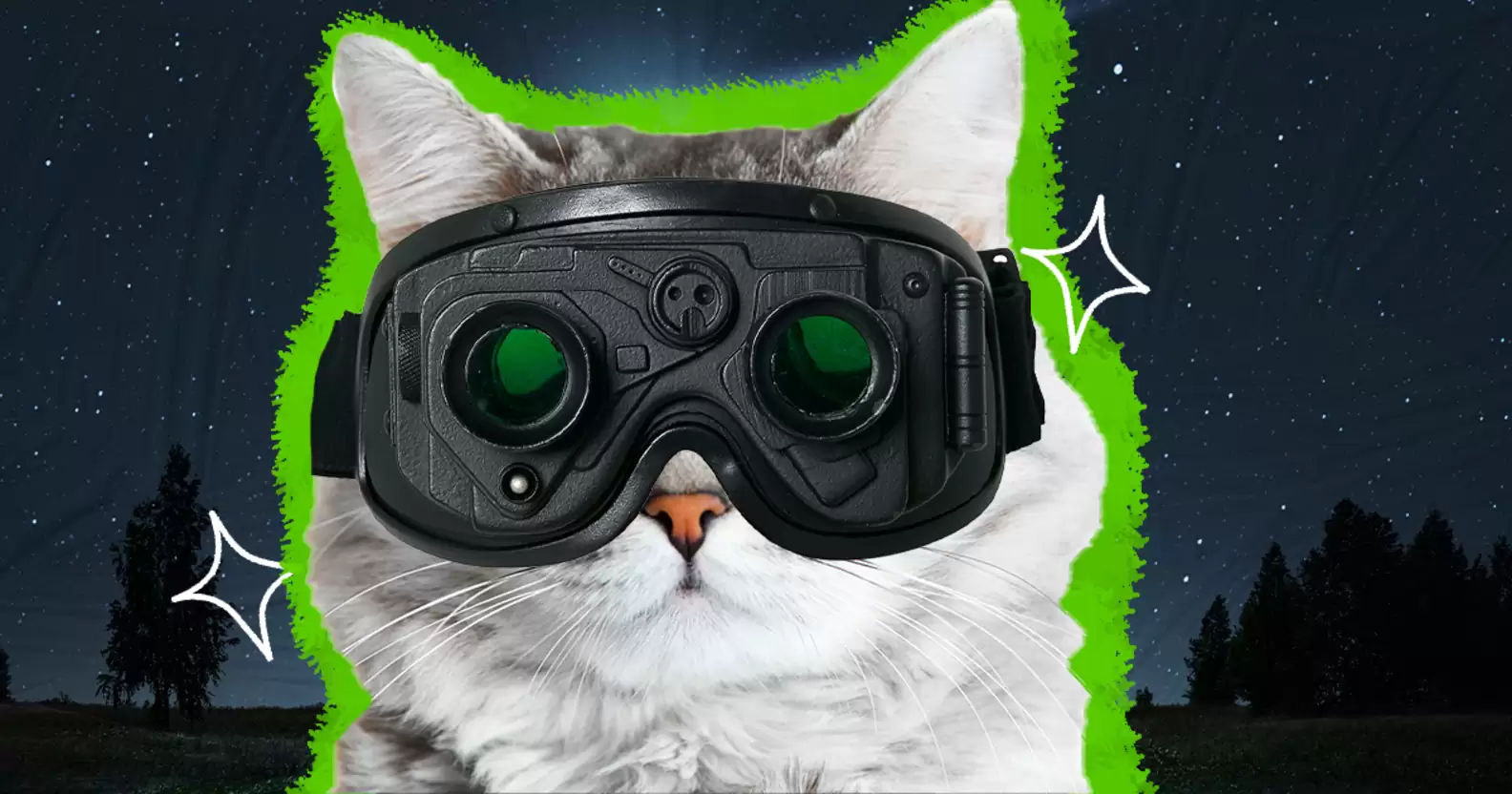


Leave a Reply